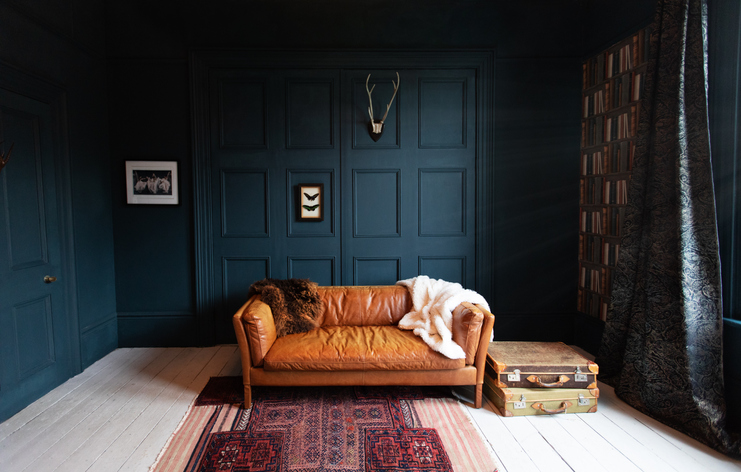We may earn revenue from the products available on this page and participate in affiliate programs. Learn More ›
When it comes to interior design, color trends come and go, but the allure of dark walls persists. Daring yet distinguished, dark hues can transform a space to make it more cozy and comfortable. Moody paint colors can be used in any room of the house to create added depth and visual interest. However, painting with darker colors presents a unique set of challenges and considerations. Here are ten things to consider before painting your walls a dark color.
RELATED: The Most Popular Paint Colors in America
1. Invest in the Right Supplies

When it comes to dark paint, there’s less room for error because any inconsistencies or slip-ups tend to be far more noticeable. That’s why it’s essential to equip yourself with the right tools from the start. Your painting tool kit should include good-quality painter’s tape to ensure crisp, clean lines. This is especially crucial for the ceiling, baseboards, and around window frames. Don’t forget to use drop cloths to protect your flooring and furniture from accidental drips and splatters.
2. Multiple Coats are Essential

When working with dark paint colors, be prepared to use a primer as well as several coats of paint. First, apply a tinted primer, which will enhance your paint’s vibrancy and create a uniform base, and aid in even application. With standard-quality paint, two coats of paint are usually sufficient, but with darker shades, an additional layer might be necessary to capture the color’s full intensity.
3. Practice Patience

Patience is key when painting with dark colors because it’s often a lengthier endeavor. Allow each layer of primer and paint adequate time to dry in order to achieve a flawless finish. The drying time of a coat of paint can vary based on a number of factors, such as the type of paint, the thickness of the coat applied, the humidity level, and the temperature of the room. Generally speaking, you should allow at least two to four hours for the paint to dry between coats. Ensure you factor this extended timeline into your project planning, reducing the risk of rushed work or an uneven finish.
RELATED: The 9 Best Paint Colors for a Restful Sleep
4. Consider the Cost
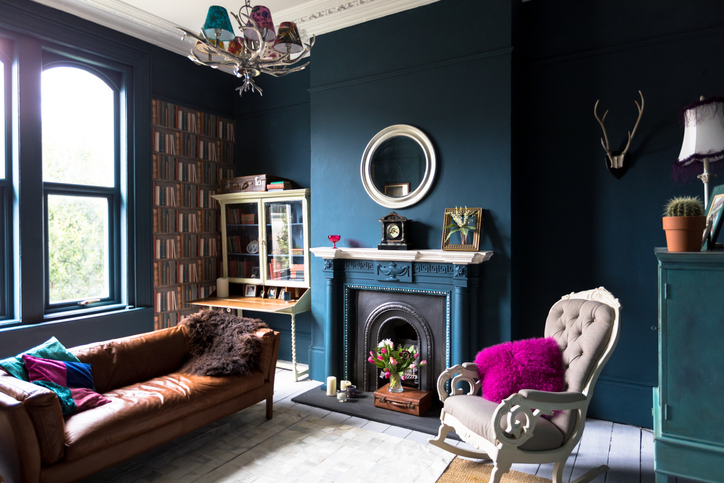
As a result of the increased coverage necessary for dark paints, painting with dark colors can be more expensive than painting with lighter hues. In addition to requiring more coats, it’s best to invest in high-quality paint when choosing a moody color. While the initial price tag on premium paints might seem pricey, they often contain richer pigmentation and offer superior coverage. In fact, a higher-quality paint may even save you money in the long run by enabling you to use fewer coats.
5. Choose the Right Finish
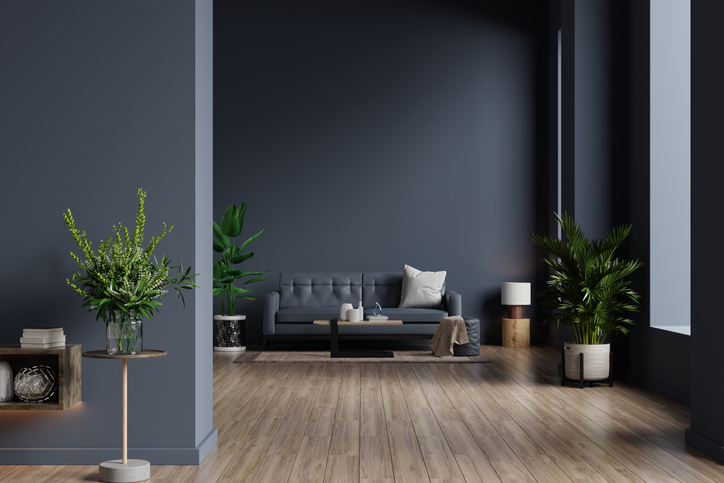
Choosing the appropriate finish for your dark paint can enhance its impact and make it last longer. Flat or matte paint absorbs light, minimizing any surface imperfections, which is a major advantage when working with dark colors. Unfortunately, however, matte paints can be less durable and trickier to clean, which might not suit high-traffic or busy areas. For these spaces, eggshell or satin paint could be a better fit. These finishes provide a subtle sheen and increased durability. Semi-gloss and gloss finishes, while highly durable and easy to clean, can highlight imperfections and aren’t commonly recommended for large, dark-colored wall surfaces.
6. Opt for Washable Paint

If your household includes pets or children, you may worry about your dark walls incurring stains or marks. Luckily, washable and scuff-resistant paint is available to keep your walls looking freshly painted for years to come. Look for products labeled as ‘anti-scuff,’ ‘scrubbable,’ or ‘stain-resistant’ to safeguard your bold, dark walls from the wear and tear of everyday life.
RELATED: 12 Calming Colors for a Serene Home
7. Find the Perfect Dark Color for Your Space
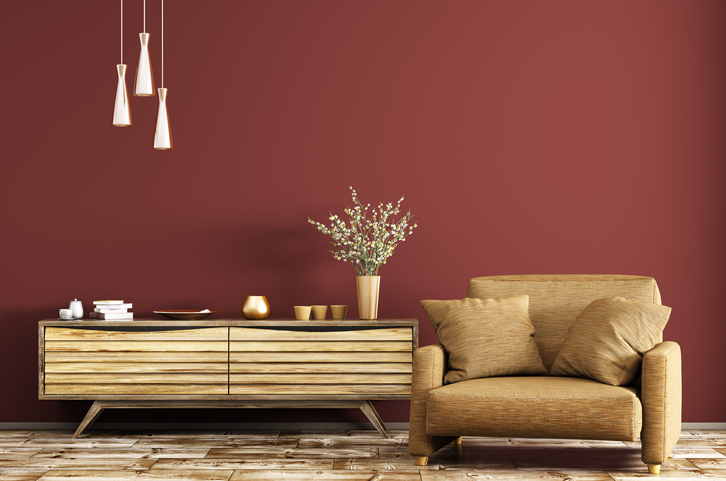
Choosing a paint color is a subjective process based on your personal taste, but there are still some tips for finding the right hue. Start by considering the mood you want to evoke. For example, deep blues or greens can create a calming, serene environment, while darker reds or oranges can stimulate warmth and comfort. Test different shades in your space by painting small sections and observing them at different times of the day under varying light conditions.
8. Select a Suitable Space

Dark walls can be breathtaking, but not every room is necessarily suited to them. Spaces featuring abundant natural light can balance the boldness of dark paint. On the other hand, smaller rooms that don’t receive a lot of daylight may feel claustrophobic. Consider large, airy rooms or spaces intended for relaxation or socializing—like living rooms, dining rooms, or bedrooms—to benefit from the cozy intimacy that dark hues can offer.
9. Opt for an Accent Wall
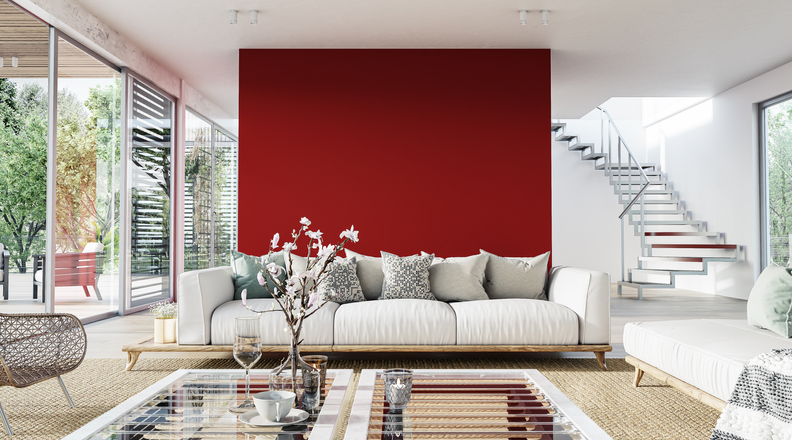
If the idea of surrounding yourself with dark colors seems too overwhelming, then an accent wall or a highlighted feature wall could be the perfect solution. This approach enables you to incorporate a touch of drama without overpowering the entire space. Painting just one wall can introduce a focal point and an element of depth to the room. This option works particularly well in larger rooms where a single dark wall can draw the eye without making the space feel smaller.
RELATED: The 9 Best Paint Colors for a Restful Sleep
10. Consider the Impact on the Space
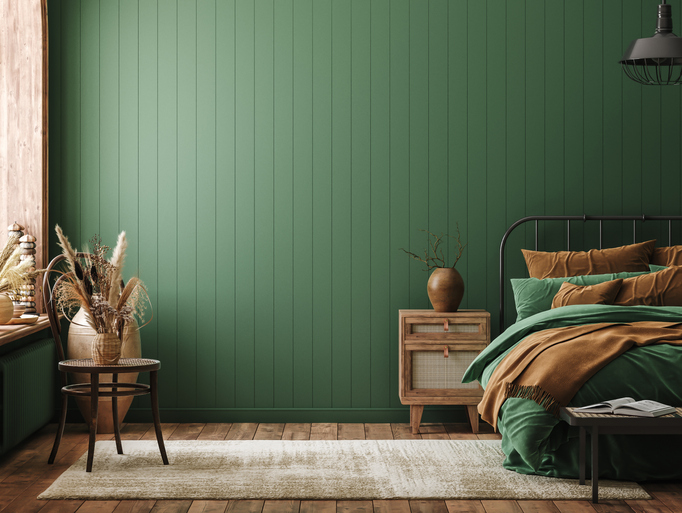
Be aware that dark colors will dramatically change the vibe of your room. They can create a sense of coziness but can also make a room seem smaller. Balancing dark walls with light furniture and decor, as well as adequate lighting, can mitigate this. Remember, dark doesn’t have to mean somber; pair your dark walls with vibrant colors and patterns for a truly dynamic overall effect.

